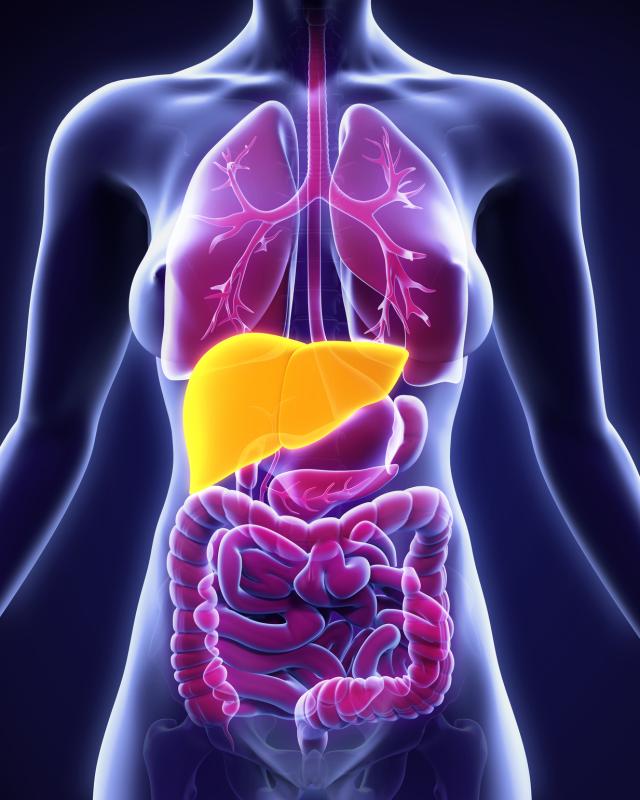
Neither the presence nor the level of ammonia influences inpatient management of hepatic encephalopathy (HE) with lactulose, which suggests that ammonia levels do not guide therapy in clinical practice, according to a study.
Patients with cirrhosis aged >18 years admitted for management of HE from 2005 to 2015 were included in the analysis. Propensity matching was used to control for confounding by the severity of underlying disease. The authors grouped patients with an ammonia level taken at time of HE diagnosis into two—normal and elevated ammonia levels. Total lactulose (mL) amount (or dose) given in the first 48 hours of HE management was the primary endpoint.
A total of 1,200 admissions with HE were examined, of which 551 (46 percent) patients had their ammonia levels drawn. Of these, 328 (60 percent) showed an abnormal ammonia level (>72 μmol/L). No significant differences were observed in the Child-Pugh score, MELD or Charlson Comorbidity Index between those with and without ammonia levels drawn.
The average total lactulose dose over 48 hours was 167 mL in the no ammonia group and 171 mL in the ammonia group (p=0.41). For patients with an elevated ammonia level, the average lactulose dose was 161 mL, which was identical to the lactulose dose in those with a normal ammonia level.
Furthermore, no association was found between lactulose dose and ammonia level (R2, 0.0026).
“Ammonia appears to play a major role in the pathophysiology of HE, but its role in guiding management is unclear,” the researchers noted.